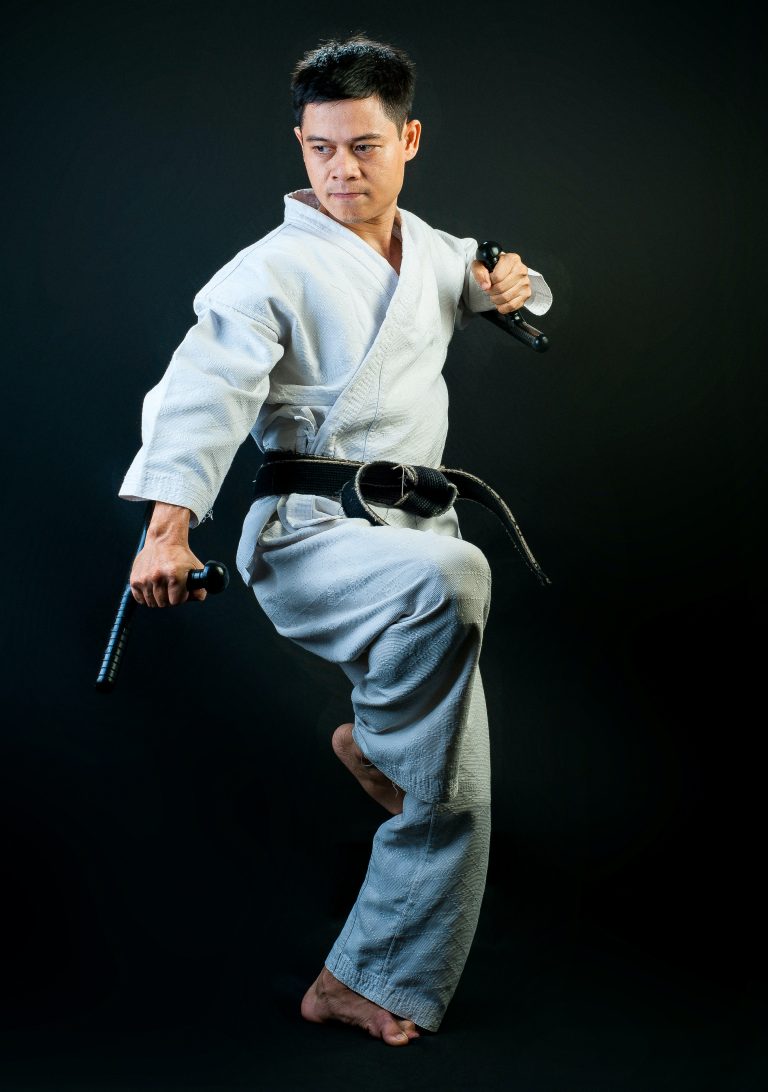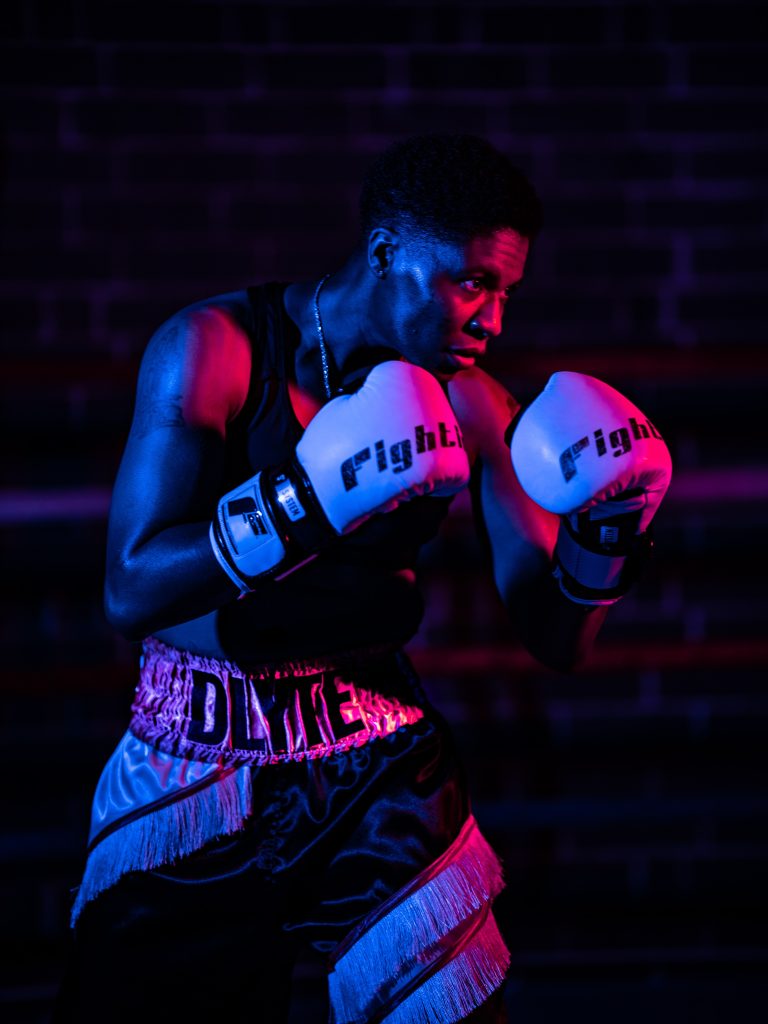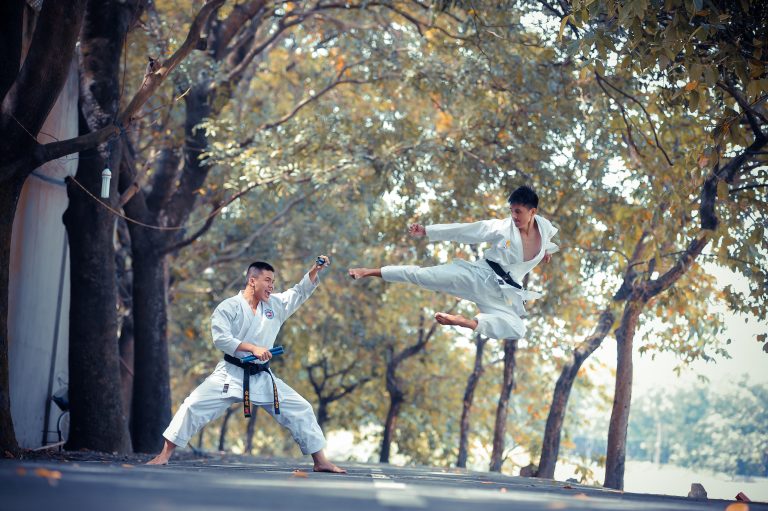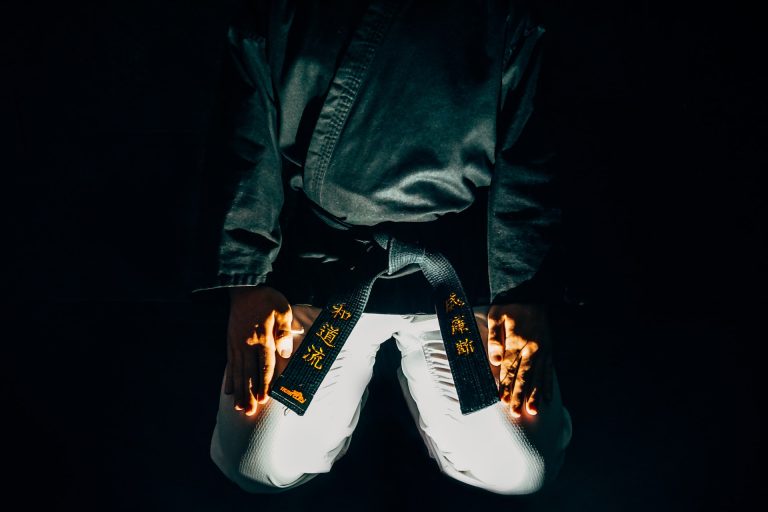How Does Recorder Karate Work?
Playing the recorder is one of the most popular instruments for children to start learning about music. However, the process can sometimes be challenging, especially when it comes to motivating young learners. That is where Recorder Karate comes in. It is a popular program that makes learning the recorder a fun and engaging experience for children. Whether you have heard of it or not, this post provides a comprehensive guide to help you understand how Recorder Karate works.
What is Recorder Karate?
Recorder Karate is a music education program that teaches children how to read sheet music, play music on the recorder, and improve their musical skills. It offers a unique way of presenting challenges and rewards by incorporating the martial arts ‚belt system.‘ Similar to learning the belt system in martial arts, students in Recorder Karate learn songs and earn a new colored belt for each completed level. The levels start from white and progress through yellow, orange, green, purple, blue, red, brown, and black, with every belt color signifying improving skills and increased difficulty.
How to Start Recorder Karate?
If you want to start the Recorder Karate program, you need to have the following items:
- A recorder
- A Recorder Karate booklet or other reference material
- An instructor or a guide to teach you how to play.
- The Recorder Karate music or song-list.
Besides, many schools and music programs offer the Recorder Karate program as part of their music education curriculum.
How Does it Work?
The Recorder Karate program is based on the belief that music is a rewarding journey, and students should learn at their own pace. So, students begin at their level and progress based on performance. They are required to learn each song in the given order, starting with level one, the white belt. Once completed, the student can perform it to the satisfaction of their teacher or instructor. The teacher then initialises, or punches, the Recorder Karate belt card to acknowledge the student’s accomplishment.
When a student has performed all nine levels, they receive the most -coveted Recorder Karate Black Belt. The Black Belt signifies that the student has learned to play nine challenging songs with proper technique, musical expression, and intonation.
What Does Each Belt Level Mean?
Every belt color represents an advancing level of difficulty:
- White Belt: Hot Cross Buns
- Yellow Belt: Gently Sleep
- Orange Belt: Merrily We Roll Along
- Green Belt: Mary Had a Little Lamb
- Purple Belt: Its Raining, Its Pouring
- Blue Belt: Old MacDonald Had a Farm
- Red Belt: When the Saints Go Marching In
- Brown Belt: Twinkle, Twinkle, Little Star
- Black Belt: Amazing Grace
Each song is selected to teach or emphasize a particular musical concept or technique. For example, Hot Cross Buns, the first song in the White Belt level, is chosen to develop proper hand placement and finger technique on the recorder. Then, other songs are chosen to teach students rhythm, breath control, sight-reading, phrasing, and dynamics.
What Are the Benefits of Recorder Karate?
There are several benefits of joining the Recorder Karate program. Here are some of them:
- Musical knowledge and skills: Recorder Karate teaches basic music knowledge like reading notes and keeping a beat. Additionally, it also helps students develop skills like breath control, phrasing, and listening skills.
- Fun and engagement: The program is designed to be fun and engaging. Students earn belts as they progress through the levels, which increases their motivation to practice and improve their skills.
- Self-esteem: Kids gain a sense of pride and accomplishment when they earn belts for playing songs. It helps to build confidence and a feeling of self-worth.
- Discipline: Recorder Karate teaches discipline, persistence, and goal setting. Students are required to practice diligently and learn each song before they can move up to the next level.
- Easy to Access: Recorder Karate is easy to access since it is offered in many schools and music programs.
What is Recorder Karate?
Recorder Karate is a music education program designed to teach elementary school students how to play the recorder. The program is based on a belt system, similar to that used in martial arts, where students progress through levels by mastering specific songs and techniques. Each level is represented by a different colored belt, and students receive a physical belt to wear as they advance through the program.
How Does Recorder Karate Work?
The basic idea behind Recorder Karate is to make learning music fun and engaging for young students. Instead of just learning songs and notes, students are given specific goals to work towards, such as earning their next belt. This helps to keep them motivated and focused on their progress, which can be especially important for beginners who may struggle with the early stages of learning an instrument.
The program is typically designed to be self-paced, so students can work through the various levels at their own speed. This also allows for differentiation, as more advanced students can move ahead while others take more time to master specific techniques or songs.
What are the Different Belts in Recorder Karate?
Recorder Karate typically includes the following belts, in order of increasing difficulty:
Yellow Belt: Hot Cross Buns
Orange Belt: Gently Sleep
Green Belt: Merrily We Roll Along
Purple Belt: It’s Raining
Blue Belt: Old MacDonald Had a Farm
Red Belt: When the Saints Go Marching In
Brown Belt: Twinkle, Twinkle, Little Star
Black Belt: Beethoven’s Ninth Symphony
Each song typically involves specific techniques or musical elements that the student must master in order to progress to the next level.
What are the Benefits of Recorder Karate?
Recorder Karate is designed to help students develop a variety of skills beyond simply playing the recorder. These include hand-eye coordination, music reading and comprehension, and focus and concentration. Additionally, the belt system used by the program can help students develop a sense of pride and achievement as they work towards specific goals.
Another benefit of Recorder Karate is that it introduces students to the world of music in a way that is accessible and engaging. By using popular and familiar songs, the program helps to create an immediate sense of connection and enjoyment for students, which can help to foster a lifelong appreciation of music.
How Can Parents and Teachers Get Involved?
Parents and teachers can get involved in Recorder Karate by supporting their children/students as they progress through the program. This may involve helping with practice, encouraging progress, or attending recitals or performances.
Additionally, parents and teachers may consider organizing recorder clubs or ensembles, where students can play together and support each other in their musical development.
Finally, parents and teachers can help to supplement recorder education by introducing students to other musical activities, such as singing, dancing, or playing other instruments. By creating a rich and varied musical environment, parents and teachers can help to nurture a lifelong love of music in their children and students.
How Does Recorder Karate Work?
Introduction
If you have ever heard of „Recorder Karate,“ you may be wondering what it is and how it works. Recorder Karate is a program that helps students to learn how to play the recorder (a musical instrument) through a series of songs and „belts“ similar to the system used in martial arts. In this blog post, we’ll take a look at the basics of Recorder Karate and how it works.
Step 1: Getting Started
Before beginning the Recorder Karate program, you’ll need a few things. First and foremost, you’ll need a recorder – this is the musical instrument that you’ll be learning to play. Additionally, you’ll need a Recorder Karate book or series of materials that include the songs you’ll be learning, as well as the „belts“ that you’ll be working towards.
Step 2: The Songs
The Recorder Karate program is designed around a series of songs that gradually increase in difficulty. Each song presents new challenges to the student and helps them to master different techniques, such as breath control, fingering, and rhythm. The songs are usually made up of well-known tunes that many people are already familiar with, such as „Hot Cross Buns“ and „Mary Had a Little Lamb.“
Step 3: The Belts
The „belts“ that students work towards in Recorder Karate are similar to the belts used in martial arts. Each belt represents a different level of proficiency on the recorder, and students work their way up through the belt system by mastering the songs and techniques required for each belt. The belts usually start at „White“ and progress through „Yellow,“ „Orange,“ „Green,“ „Purple,“ „Blue,“ „Red,“ „Brown,“ „Black,“ and „Black Belt with Gold Stripe.“
Step 4: Assessments
In order to progress through the belt system, students must complete assessments of their playing skills for each song. These assessments are usually done in a one-on-one setting with the teacher or instructor, and the student must demonstrate proficiency in the techniques required for the song before moving on to the next one. Once the student has demonstrated proficiency, they are awarded the next belt in the system and can move on to the next song.
Step 5: Benefits of Recorder Karate
One of the main benefits of Recorder Karate is that it provides a structured learning experience for students. The program is designed to gradually increase in difficulty, which helps students to build their skills and confidence over time. Additionally, the belt system provides a tangible way for students to measure their progress and see how far they have come.
Another benefit of Recorder Karate is that it teaches students important skills beyond just playing the recorder. For example, students learn about goal-setting, perseverance, and discipline as they work towards mastering each song and belt in the system.
Conclusion
In summary, Recorder Karate is a program that helps students to learn how to play the recorder through a series of songs and „belts.“ By gradually increasing in difficulty, the program helps students to build their skills and confidence over time. Additionally, the structured learning experience helps to teach students about goal-setting, perseverance, and discipline. If you are interested in learning how to play the recorder, Recorder Karate may be a great place to start!
Inhaltsverzeichnis





